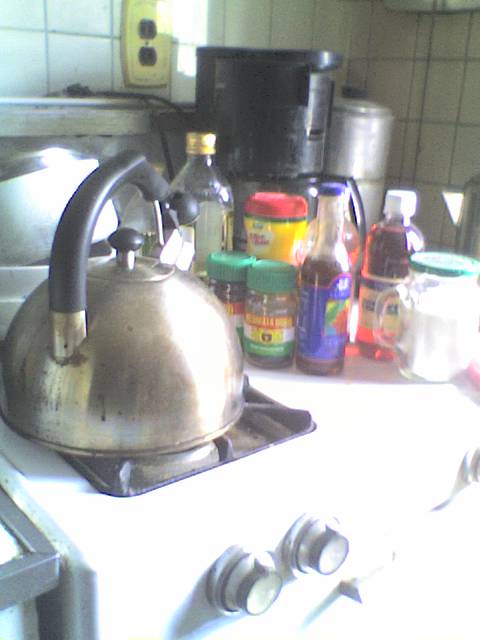Chinese food has wonderful variety and texture. It has crunch and bite , sweet and sour. One of the staples of the cuisine is noodles. Most Americans only know spaghetti’s Eastern cousin lo mein. Yet there are so many more . They can be mixed with a variety of meats and vegetables to form creative and tasty dishes.
Noodles are one of the earliest creations of Chinese cooking. They date from the East Han dynasty about around 30 and 220 AD. There were noodle sellers as early as the Song Dynasty which was between 920 ans1292 D> Even though a popular theory is that Marco Polo brought these noodles back to Italy it’s not true. He probably did eat them on his travels and was reminded of the pasta back home. Noodles can be made from a variety of ingredients. They are either made from wheat or rice starch or mung bean paste. Lo mein are th e most commonly eaten, especially here in the States. There are others that are just as good. There is the cat’s ear that shaped like a triangle and eaten with vegetables. Cellophane noodles, made from mung bean are another popular one and are used most commonly for those learning how to cook Chinese.
Like pasta you have to boil the noodles first. However ,unlike pasta, you can then fry them up in a work , skillet or deep fryer, depending upon what you want to do with them.. Usually most noodles only take four to five minutes to boil while the thinner rice ones take only two to three minutes they should be drained in a colander with cold water running on them to stop any further cooking. Cellophane noodles should be soaked in hot water before any cooking to soften them.
Chinese food is made extra wonderful thanks to the variety of noodles. These are the backbone of the cuisine. They add flavor and texture to the different meats vegetables and spices. They also help to vary the menu as well making the cuisine diverse and fun.
Subscribe to:
Post Comments (Atom)




No comments:
Post a Comment